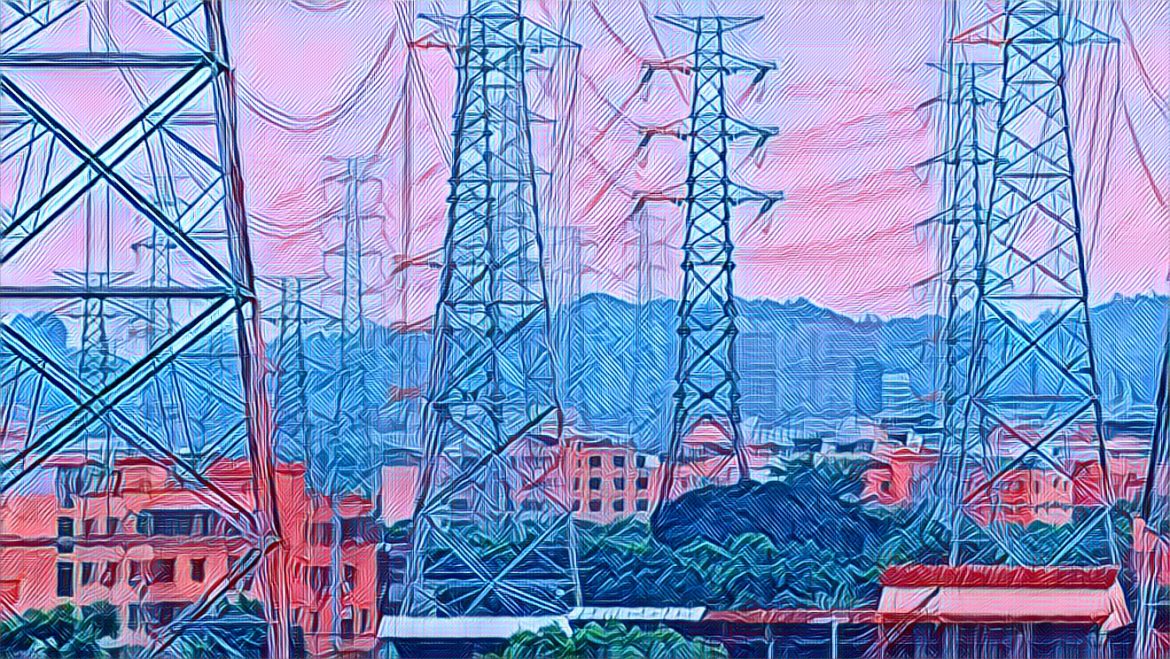Amid a severe power crisis, the Zimbabwean government has initiated a significant move to seek Chinese investment in the energy sector. Energy and Power Development Minister Edgar Moyo, accompanied by Zesa Holdings Executive Chairperson Sydney Gata and other officials, recently visited Shanghai to discuss potential collaborations and investments.
During the visit, Gata highlighted the urgent need for investment in Zimbabwe’s energy sector. He pointed out the acute capacity shortages in electricity supply, exacerbated by rapid economic growth in various sectors such as mining, agriculture, and industrial smelting. These developments have increased energy demands, putting immense pressure on the existing infrastructure.
Emphasizing the country’s rich solar resources, Gata expressed optimism about solar energy investment, considering Zimbabwe’s geographical advantages. With abundant sunlight and extensive land mass, Zimbabwe positions itself as an ideal candidate for solar energy projects. Zesa Holdings aims to produce 3,000 megawatts by 2025, focusing primarily on solar power, which aligns with the country’s sustainable energy goals.
According to a report by Newsday, Zhao Baogang, a former counsellor at the Chinese embassy in Zimbabwe, acknowledged the long-standing relationship between the two countries. He recognized Zimbabwe’s vast potential in the energy sector and expressed China’s interest in exploring partnership opportunities, ranging from thermal and renewable to nuclear energy.
Shandong Dingneng, one of China’s prominent steam turbine suppliers and manufacturers, has shown keen interest in investing in Zimbabwe’s energy sector. Liu Lining, the company’s chairperson, acknowledged Zimbabwe’s strategic position within the Southern African Development Community (SADC) and its growing economy’s increasing electricity demand. The company’s investment plans include the construction of solar plants, wind power plants, and a clean coal power plant in Matabeleland North, showcasing a commitment to sustainable and diversified energy sources.
Minister Moyo emphasized Zimbabwe’s openness to business, collaboration, technology transfer, and investment. He highlighted the government’s initiatives, like the National Development Strategy 1, which prioritize energy development. Zimbabwe’s strategic location at the heart of SADC makes it a pivotal player in the regional energy landscape.
This move by the Zimbabwean government and Zesa Holdings signals a proactive approach to tackling the power crisis through international cooperation and investment in renewable energy. The focus on solar and other sustainable energy sources reflects a commitment to environmentally friendly and long-term solutions to the country’s energy challenges.
As Zimbabwe navigates its way through this energy crisis, the collaboration with Chinese investors could mark a turning point. The potential influx of investment and technology could significantly boost the country’s energy production capabilities, paving the way for a more stable and sustainable energy future. The success of these talks could also serve as a model for other countries in the region facing similar energy challenges, highlighting the importance of international partnerships in addressing critical infrastructure needs.


